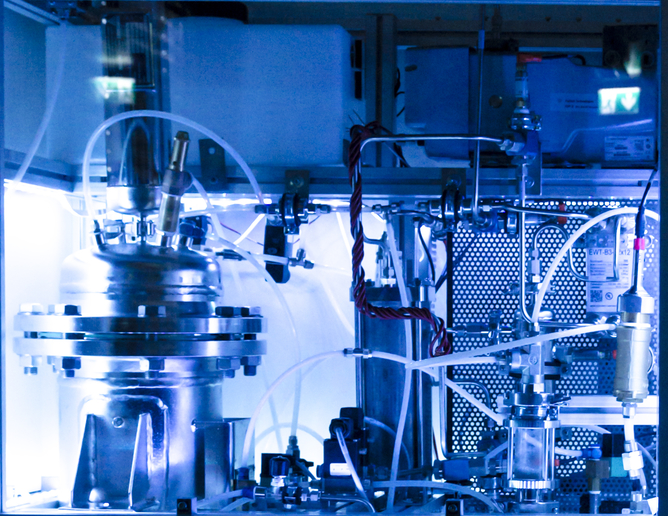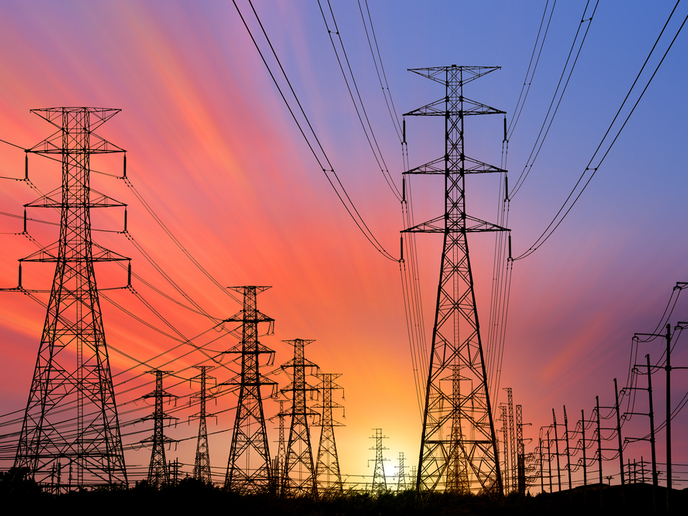Eliminating cost barriers to solar energy exploitation
PV technology captures the Sun's light for electricity production. Although it has evolved tremendously over the years, widespread implementation has faced a barrier in terms of conversion efficiency and cost. Thin-film copper indium gallium diselenide (CIGS) PVs are one of the most promising systems. CIGS is a polycrystalline semiconductor material with extremely high light absorption in the first micrometre, making very thin and flexible films possible. In addition, it has among the highest current densities, excellent durability and applicability to large-area automated production. However, it currently relies on expensive and difficult to control vacuum-based deposition processes that result in material waste reaching 70 %. Scientists initiated the EU-funded project 'Non-vacuum processes for deposition of CI(G)S active layer in PV cells' (NOVA-CI(G)S) to develop a low-cost, high-throughput, high-quality production technology as an alternative to make PVs competitive with traditional energy systems. The project exploits non-vacuum deposition of particle-based inks. During the first 18 months of the project, scientists identified two promising particle-based precursor systems for further optimisation. They were able to reliably produce the precursors using easily scalable technology. In addition, the precursors passed quality control tests at all steps from particle morphology to formulation, deposition and conversion to CIGS. Scientists are currently optimising formulations related to conversion, ink stability and versatility. Nevertheless, at the time of this report the team was already able to print formulations and convert them to functional CIGS absorbing layers. NOVA-CI(G)S plans to deliver low-cost, ink-based deposition technology for the deposition of functional PV thin-film layers. The end products are expected to demonstrate efficient energy conversion at significantly reduced costs compared to conventional vacuum deposition methods. Success will make solar technology competitive with conventional electricity generation, breaking down current barriers to market penetration and encouraging widespread uptake.







